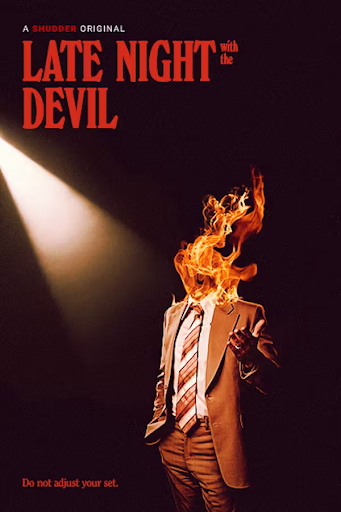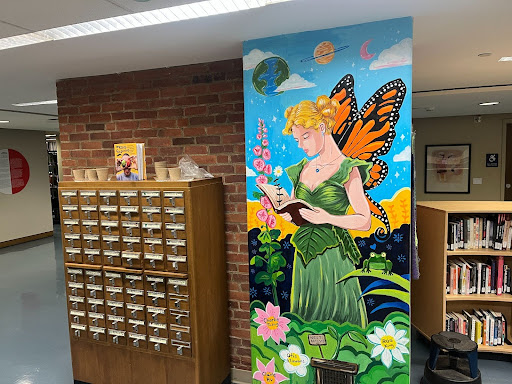Liz Foster ’22
Bits & Pieces Editor
“Yeah, I sell crack in the halls,” brags a then-17-year-old Gazzy Garcia, better known by his rap moniker Lil Pump, on his track “Boss.” The single would be one of many that skyrocketed Lil Pump to the limelight of SoundCloud and “mumble rap” at the end of the 2010s. The infectious trap sound that emerged out of Atlanta migrated to South Florida as rappers like Ski Mask the Slump God, XXXTentacion, and Lil Pump spun their own versions of the genre.
On a personal-parasocial level, the Broward county rapper repeatedly served as enthralling material for a trifecta of articles: a review on his full length albums, a diagram of his most frequently employed ad libs, and a critique of rap’s drug culture that has since claimed the lives of Lil Peep, Juice Wrld, and Mac Miller. I find myself searching for an industry figure equivalent, or even similar to, Mr. Garcia but all have paled in comparison.
Lil Pump emerged at the prime time for a persona of his nature to ascend into mainstream stardom. From posting tracks detailing both selling and doing drugs with the eldery on skeletal streaming platforms to a Saturday Night Live performance with Kanye West, Mr. Garcia solidified himself as a keystone of pop culture. His 2017 release “Gucci Gang” officially-unofficially contributed to the titular brand doubling their sales in the following year; his self-titled debut scored a solid 6.9 from Pitchfork and an impressive 7/10 from popular internet figure, critic, and self-professed “internet’s biggest music nerd” Anthony Fantano. The tastemakers with the power to make and break careers and establish the public opinion granted Lil Pump access to the upper echelon of contemporary rap, handing him the keys to a kingdom dominated by giants like Lil Uzi Vert, Drake, and the Migos.
The rapper’s first full length release, Lil Pump, offered features from contemporaries like Smokepurrp and more established artists like Chief Keef, Lil Yachty, and 2 Chainz; the latter notably sings “Ice, ice freezing; ice, ice sneezing’!” on “Iced Out.” The album featured few sleepers and, even when it bordered on repetitive, showcased the power of producer Diablo’s skills. There was a charming, comedic quality to Lil Pump’s lines as he spit heavy bars over aggressive, car-rattling songs. The bass on tracks like “D Rose” was strong enough to kill a small animal and give your grandparents a heart attack. In a word, Lil Pump was riveting.
In 2019, I argued that Harverd Dropout had an “irresistible quality,” but three years later I’d like to retract that statement. It is Lil Pump himself who possessed the irresistible quality–not his mediocre sophomore album. His bars about money, drugs, and women had lost their fresh, fun quality from his 2016-2018 career cycle. The antics that earned him virality, such as live streaming a girl performing a not-so-PG act and his pissing on a stack of cash, lost their charm. The raucous shout of “ESKETTIT” just didn’t hit the same; his droning repeats of lines like “everybody wanna be like me” or “I don’t know the bitch, but I know her stripper name.” What had won over critics and the everyman alike had lost its shiny new charm.
A 2019 article from Buzzfeed on Lil Pump begins with the simple sentence: “Lil Pump can’t find his weed.” This would mark the beginning of the end. He was an overgrown child facing the sophomore slump, a teenager with no one to tell him “no.” With no real goal, a presumably misunderstood contract, and increasingly more drab releases, Lil Pump was inching towards a freefall into musical despondency. Yet, one has to wonder if the potential for longevity was ever even there. Did Lil Pump have any real chance at lasting stardom, or was he a contemporary caricature of what rap had become?
The rapper “quit” his music career in early 2020 in a dramatic Instagram story, but later returned to the scene in a considerably bizarre way–in support of then-President Donald Trump. He paid homage to the Donald with the song “Lil Pimp Big MAGA Steppin’”; however, the single was only released after the incumbent candidate lost the 2020 election. Since then, Lil Pump developed into a sell out, now plugging shady cryptocurrency and sacrificing his integrity in the name of attention from one of the country’s most controversial political characters. Gazzy Garcia, following the rhetoric established by Mr. Trump and his cohorts, waged war on mask-wearing and earned himself a ban from JetBlue in December of 2020. Lil Pump’s desperate attempts to cling to relevancy of years past failed in epic proportions. The bizarre charisma that wooed the people had worn away to reveal nothing more than a washed-up, tatted-up artist breaching the end of his career.
In a way, the loss of Lil Pump shows the failure of his subgenre to create long-lasting stars. The category of “Soundcloud rap” encompassed sounds from the gothier-punk influenced $uicideboy$ to the trappier Ski Mask the Slump God, but the origin of these artists from the free streaming site linked them into a pseudo-genre: the pseudo-genre represented by the grinning grills and colorful tattoos on Lil Pump’s face. Artists Lil Peep, XXXTentacion, and Juice Wrld stood alongside Pump as the essential figures; following the death of the three, the failure of Lil Pump’s career shows the ending of an era that was. Years down the line, we will reflect upon the end of the 2010s and wonder what was the final nail in the coffin of South Florida-ruled underground rap. More likely than not, this nail will sport colorful dreads and a dusted MAGA hat, triumphantly fading into oblivion with one final shout of “ESSKEETIT!”












Ye: *This article, is the final nail.